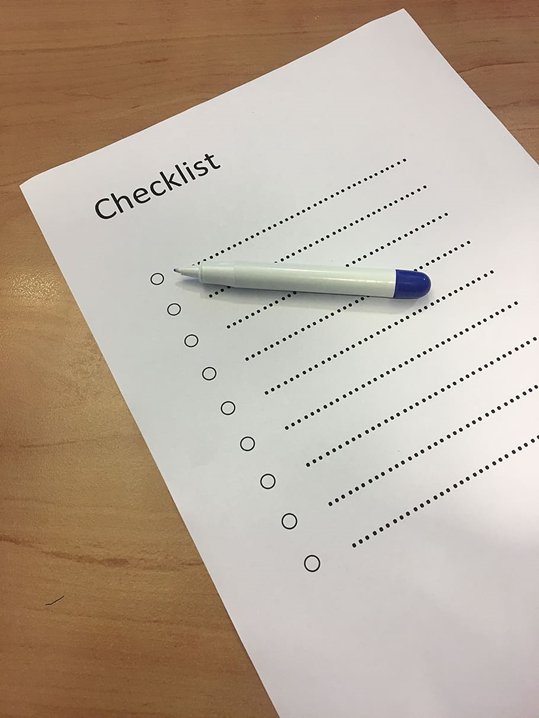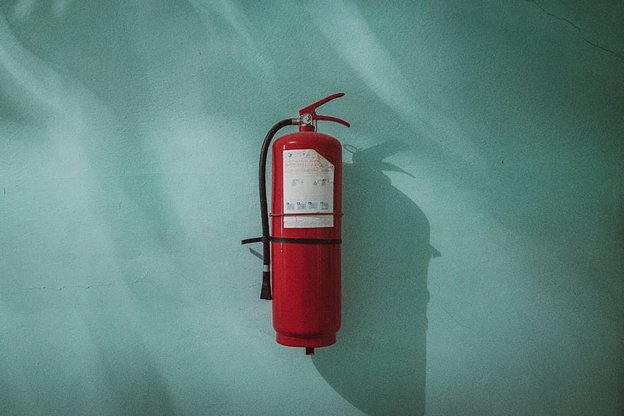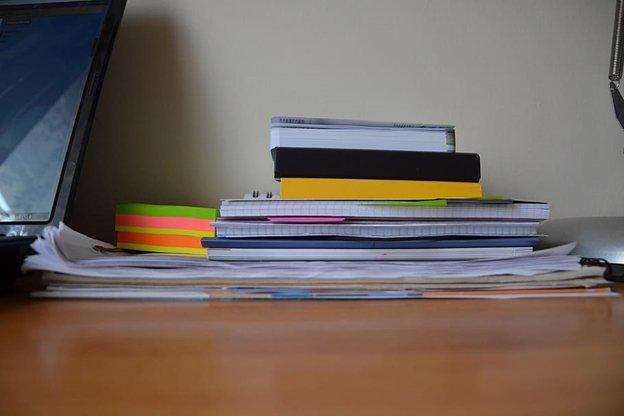A home inspection is one of the vital stages in the home selling process. Buyers can admire all the features of your property. But they will still need the assurance of a home inspector before closing the deal.
As a seller, you maintain full control of the sales process until it gets to the home inspection stage. At this point, the table turns, and the buyer assumes control. You can never be so sure of the price you will sell the house up until after the home inspection and the buyer’s response.
Sometimes, this can be frustrating for home sellers. That is usually the case if the seller did not prepare for the home inspection. However, preparing for a home inspection may not be necessary if the buyer waives the right to inspect the property before buying it. And this rarely happens.
Remodelling or renovating the house is not all you should do while trying to market your property, says Blue Mountain Real Estate & Property Management. You need to prepare adequately for a home inspection because it may be a stressful process.
Below are some things you can do to get ready for a home inspection.
1. Declutter, clean, and clear access points

Home inspectors need easy and free access to every part of the house. Clutter can prevent them from having the necessary access. When this happens, the home inspection report will raise more questions from the buyer. In some cases, they may have to schedule another inspection. And the cost will be on you.
That is why it is vital to declutter your property when preparing for a home inspection. If you cannot do this, you can hire professionals to perform a deep cleaning on the property. Ensure that you remove clutter from all the access points.
Declutter the building’s perimeter so that the inspector can have access to the appliances, windows, walls, and foundation. All the access points to the crawl space, attic, and basement should be clean and clutter-free. Storage items should be at least 3 feet away from the attic or basement walls.
The space under your sinks and home’s plumbing should also be clutter-free. Empty all the laundry from your dryer or washer. Also, remove dishes from your dishwashers and ensure that all your kitchen appliances are clean. Remove your HVAC filters and clean them. Test to see if the HVAC is functioning as it should.
2. Perform a pre-listing inspection

Before buyers request a home inspection, it would be best if you conduct your pre-listing inspection. Doing this will prevent you from heart-breaking surprises and also help you to perform timely repairs.
In the pre-listing inspection, you will assess the following:
- Foundation
The inspector will check for signs of foundation failure. They include wall cracks, chimney shifts, gaps between walls and windows/doors, stiff windows and doors, warping floors and ceiling, and so on. Get professionals to perform the necessary repairs if you notice any issue.
- Roof
Inspect and clean your roof. Replace all the damaged shingles and keep your roof gutters and downspouts clean. Doing this will ensure that water doesn’t discharge on the walls.
- Water damage
Inspect for signs of water damage on your property and conduct the necessary repairs. Check your walls, ceiling, floors, appliances, pipes, toilets, bathtubs, and sinks.
- Kitchen and bathroom
Ensure that the plumbing in your kitchen and bathroom are all in optimal condition. Fix all the leaks and inspect the caulking around the shower area, sinks, and bathtubs. Ensure that cabinet doors align properly.
- Electrical
Check all your light bulbs and electrical fixtures. Replace dead bulbs and ensure that the accessories are functional.
- Insulation
Inspect your attic and crawl space to check for missing or damaged insulation.
- Windows and doors
While inspecting your windows and doors, check the weather stripping, latch, doorknob, lock, and seal. Your doors and windows should close and open properly.
3. Check the home’s security and safety systems

Test your fire extinguisher to see if it is in good condition. Ensure that it is full by checking the pressure gauge. Test the carbon monoxide and smoke detectors using the self-test function. Replace all dead batteries and check the expiry dates. Perform a thorough pest extermination and seal all the entry points for rodents. Prevent debris and animals from entering the chimney by capping them.
4. Take care of the exterior
Inspect your home’s exterior and ensure that water doesn’t pool around the foundation. The soil grading should slope away from the house. Trim all dead tree branches and any tree close to the roof. Clean your external HVAC component and keep them free of debris.
5. On the home inspection day

Ensure that all the paperwork is ready. That should include your insurance claims and maintenance/repair records. Keep the utilities on. Label all the keys and remote for easy identification. Prepare to stay away from the property for three hours. It would be best if you leave before the inspectors arrive.
If you do all these preparations, the home inspection process will be smooth. And you can be sure that the outcome of the inspection will favor you.
